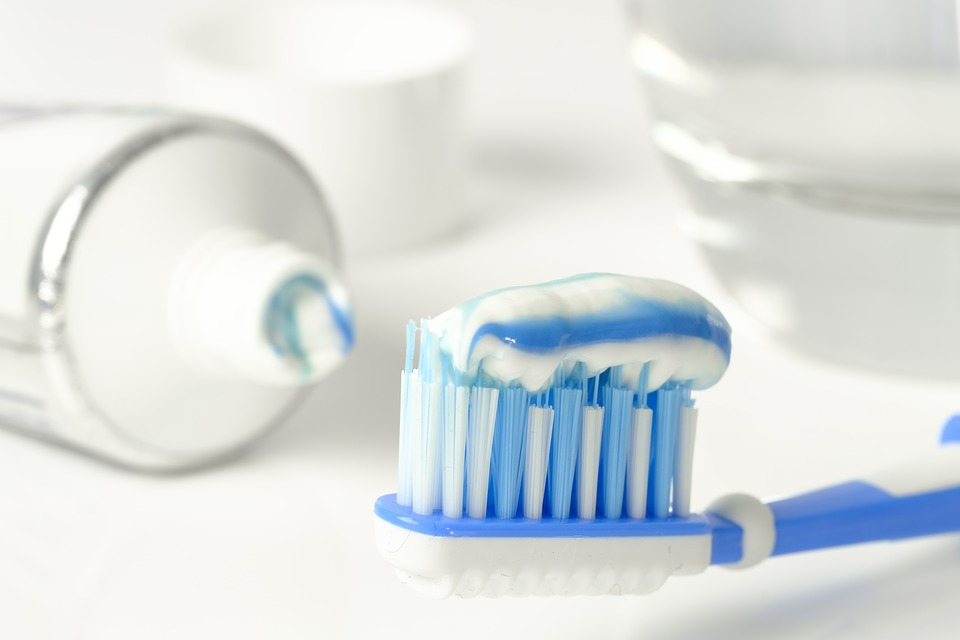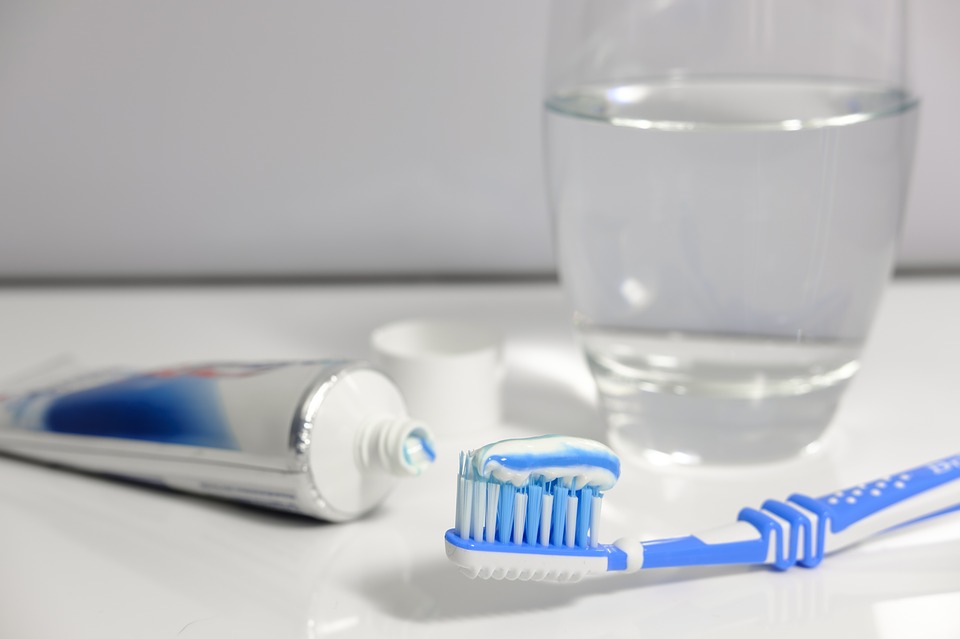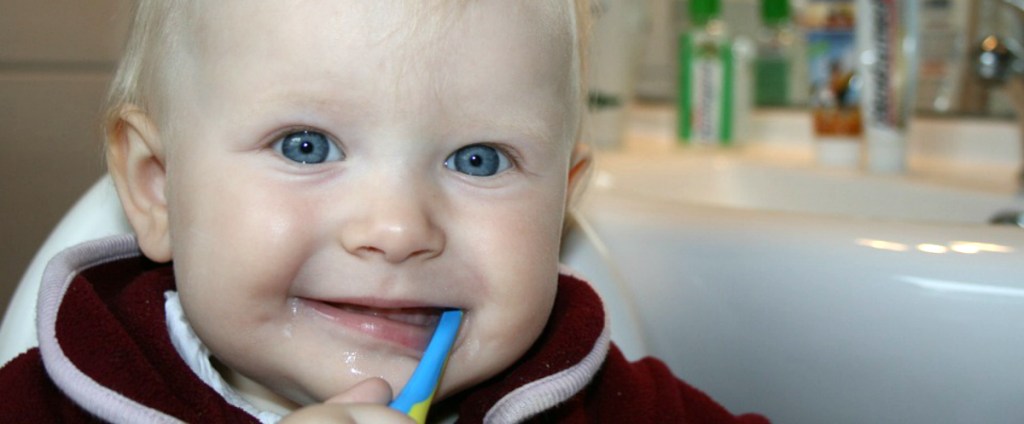If you’re a person who brushes their teeth and eats food – so, everyone, basically – you know that the experience of doing one too close after the other can range from unpleasant to gag-worthy, depending on what you choose to eat. Me, this morning? I chose to down some grape juice not long after brushing my teeth for the day. *shudder*
Poor choice, morning me.
But why does toothpaste have the capacity to ruin your breakfast? Science, of course, has the answer.

Photo Credit: Pixabay
It has to do with sodium laureth sulfate – also known as sodium lauryl ether sulfate (SLES) and sodium lauryl sulfate (SLS). The chemicals are the wetting agents in your toothpaste (meaning they lower the surface tension of a liquid) and work to create the foam that makes the paste easier to spread across your teeth.
Fun fact: They’re also used in detergents, fabric softeners, paints, laxatives, surfboard waxes, and insecticides. So, you know, if you eat any of those things, watch your breakfast choices as well.

Photo Credit: Pixabay
Both SLES and SLS screw with our taste buds abilities in 2 ways. First, they suppress the receptors that perceive sweetness (hence why my grape juice tasted sour), and second, they break up the phospholipids on our tongue. Those are fatty molecules that inhibit our receptors for bitterness – so when SLEs and SLS are coating our tongues, bitter tastes are enhanced.

Photo Credit: Pixabay
The bottom line is that anything you eat or drink after lapping up the chemicals in your toothpaste is going to taste less sweet and more bitter than it normally does. If the phenomenon really bothers you, there are toothpastes out there that are SLES/SLS free – you won’t have your usual foamy experience, but you can also pick your breakfast juice without worry.
Worth it? I mean…
h/t: Mental_Floss
